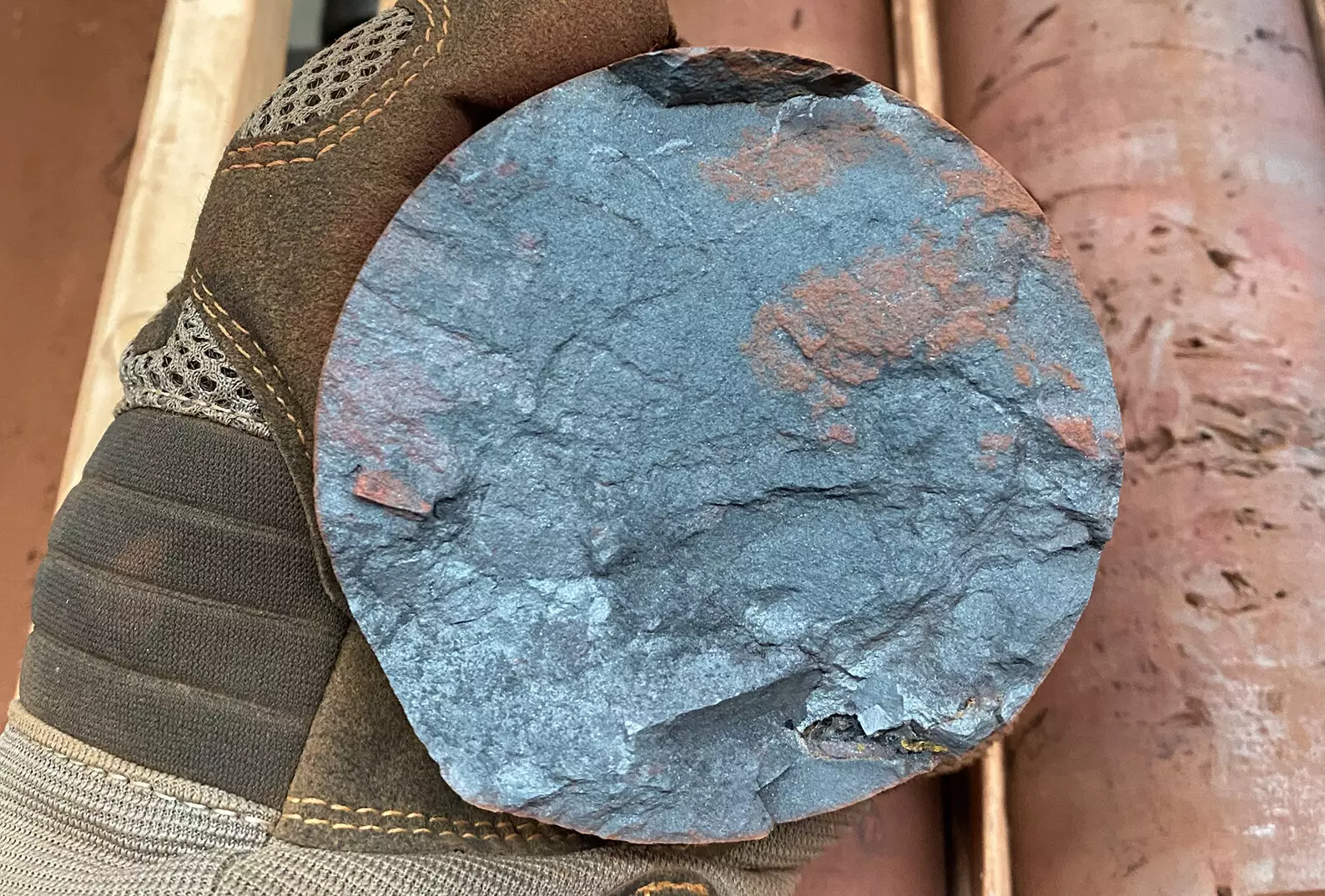Recent research spearheaded by Curtin University has dramatically altered our perception of the formation timeline of Earth’s largest iron ore deposits, situated in the Hamersley Province of Western Australia. Previously thought to be around 2.2 billion years old, these deposits have now been dated to between 1.4 and 1.1 billion years old. This revelation, emerging from a sophisticated geochronology technique, opens doors to an enhanced understanding of the natural processes that shaped our planet. It also marks a significant milestone in Earth’s geological history that could invigorate ongoing resource exploration efforts.
The Role of Tectonic Activity
Lead researcher Dr. Liam Courtney-Davies characterized this period of iron ore formation as one influenced by intense geological upheaval. The backdrop of this dynamic age involved the fragmentation of ancient supercontinents, which triggered substantial magma movement and mineral deposition across vast regions like Pilbara. Dr. Courtney-Davies’s insights emphasize that the geological energy from these tectonic shifts could have been a blasting agent in generating billions of tonnes of iron-rich formations. This understanding not only informs us about the deposits’ origins but also offers predictive capabilities regarding the locations of potential new discoveries.
Unveiling the Hidden Complexity of Band Iron Formations
The research not only focuses on the deposits but also delves into banded iron formations (BIFs)—pristine, ancient underwater layers rich in iron. Co-author Associate Professor Martin Daniški shed light on the significance of dating these formations accurately. Previously ambiguous details regarding their evolution from a mere 30% iron composition to over 60% iron have posed challenges for geologists aimed at piecing together the story of iron ore mineralization. Using an emerging uranium-lead isotope analysis technique, the researchers have made significant advancements in clarifying this timeline, thereby unraveling complexities that have been veiled for decades.
The Economic Impact of Geological Discoveries
Australia’s economy has long depended on the iron ore industry, with Western Australia being its epicenter and ranked as the world’s top producer. The financial implications of this study are profound. As revealed in the previous fiscal year, iron ore accounted for an astonishing $131 billion in export revenue. With new insights sharpening the focus of exploration efforts toward previously overlooked regions, the potential for uncovering additional iron ore reserves is immense. This could not only ensure resource sustainability for the country but also enhance its standing in global mineral markets.
A Collaborative Effort Towards Future Discoveries
This groundbreaking research is a product of collaboration among institutions including Curtin University, The University of Western Australia, Rio Tinto, and CSIRO Mineral Resources. Such partnerships highlight the importance of shared knowledge and resources in scientific advancement. The fusion of expertise and technology in this endeavor indicates that further revelations might very well lie on the horizon, with potential breakthroughs that could redefine our understanding of Earth’s geological archives.
Each of these elements, from tectonic dynamics to economic ramifications, collectively paints a picture not just of an iron deposit but of an evolving understanding of Earth’s geological evolution and its resources.


Leave a Reply